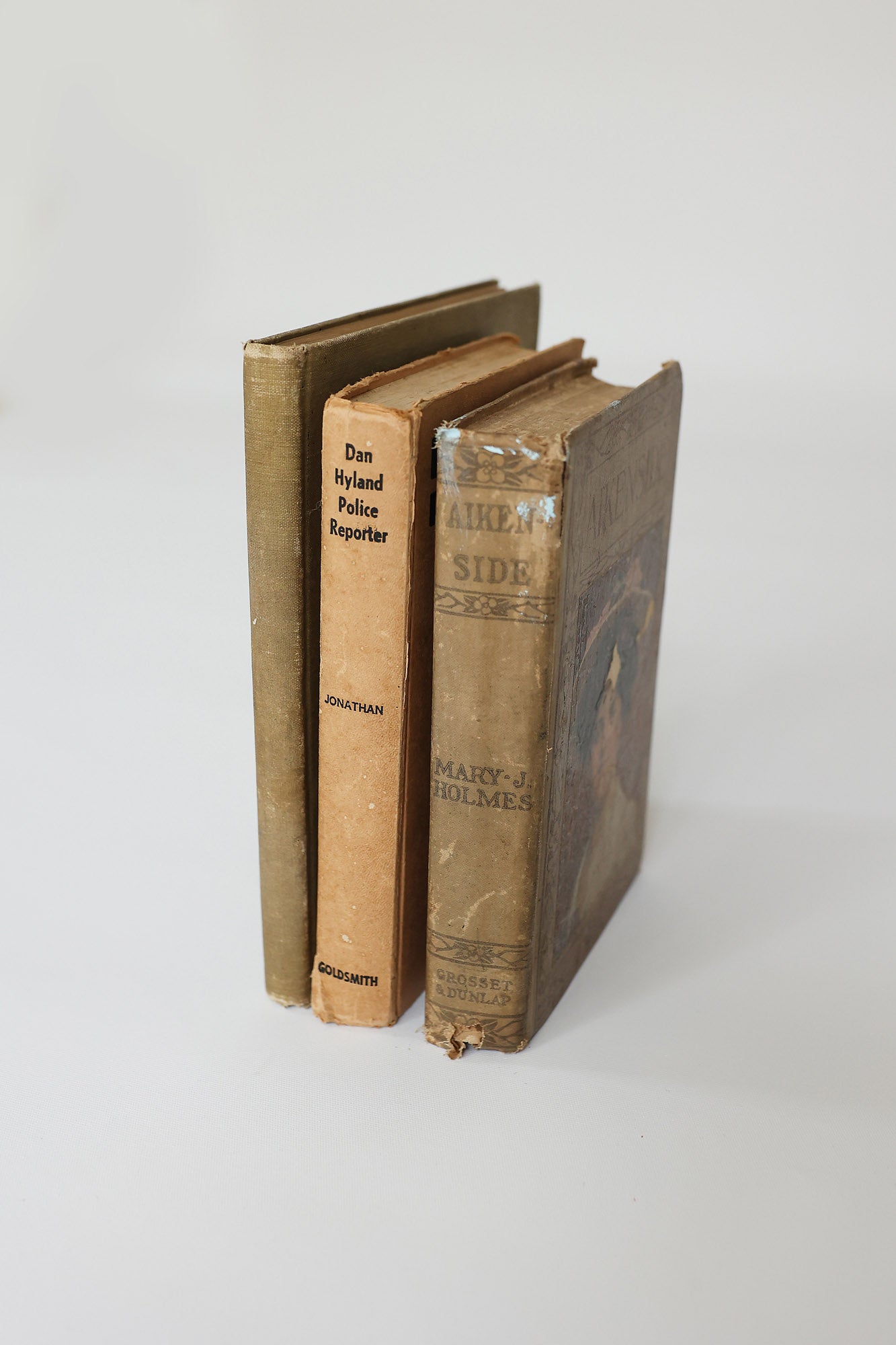Hardcover Books That Belong on Your Coffee Table
Hardcover Books That Belong on Your Coffee Table
Blog Article
A Comprehensive Overview to the Process of Hardcover Books Printing
When you start the journey of hardbound publication printing, recognizing the whole process is crucial. From preparing your manuscript to picking the appropriate materials, each action plays a critical duty in the end product. You'll require to consider design elements and printing techniques that match your vision. As you navigate via binding and quality assurance, you'll discover that every decision impacts the book's total charm. So, what comes next off in this detailed process?
Understanding the Hardbound Book Framework
When you discover the world of hardcover books, you'll promptly observe that their framework is deliberate and distinctive. The external covering, frequently constructed from sturdy cardboard, offers sturdiness and protection. You'll discover a textile or natural leather covering, which not just enhances aesthetic appeals but also contributes to the publication's durability. Inside, the endpapers connect the cover to the message block, guaranteeing a seamless interchange.
The message block itself is composed of several signatures, or folded up sheets, stitched together for strength. You'll see that the back is reinforced, permitting for a smooth lay-flat reading experience - hardcover books. In addition, guide's weight frequently conveys a feeling of top quality and durability
Hardbound books commonly feature a dust coat, which works as an advertising device while shielding the cover. Understanding these aspects helps you value the craftsmanship behind hardcover books and their distinct allure in the literary globe.
Manuscript Prep Work and Editing And Enhancing
Obtaining your manuscript all set for printing is important, and it starts with appropriate format standards. You'll need to understand the editing process to fine-tune your work and guarantee it reverberates with viewers. And also, mastering checking strategies can help you capture those bothersome errors before your publication mosts likely to print.

Manuscript Formatting Guidelines
Proper manuscript format is important for producing a professional-looking hardbound publication. Begin by choosing a common font like Times New Roman or Arial in 12-point dimension. Usage double-spacing throughout the paper to boost readability. Establish your margins to 1 inch on all sides, giving your text room to breathe. Number your pages in the leading right edge, and include your chapter titles at the beginning of each brand-new area. Usage clear headings to suggest sections, and stay clear of excessive format like bold or italics unless essential. Ensure to proofread your manuscript for uniformity stylishly, ensuring that every little thing from punctuation to spacing sticks to your selected standards. Complying with these steps will certainly set a solid structure for your book.
Modifying Process Essentials
Editing your manuscript is an essential step that can transform it from a rough draft into a polished final item. Keep in mind, modifying isn't simply about repairing mistakes; it's concerning improving your voice and ensuring your message reverberates with viewers. Embrace the procedure, and you'll see your manuscript luster.
Proofreading Techniques Summary
As soon as you have actually polished your manuscript through editing and enhancing, the following action is to ensure it's correct that might sidetrack visitors. Start by relaxing after editing and enhancing; fresh eyes catch mistakes much better. Review your manuscript aloud-- this aids you hear awkward wording and spot typos. Use electronic devices like spell checkers for first scans, but don't rely exclusively on them. Take into consideration publishing your manuscript; reading on paper can expose mistakes that screens miss. Emphasis on one kind of error at once, whether it's spelling or grammar, to prevent feeling overwhelmed. Enlist a relied on friend or specialist proofreader to supply a fresh point of view. Their comments can highlight concerns you may ignore.
Creating the Book Cover and Inside
When you're making your book cover and interior, you'll wish to concentrate on important layout components that capture your target market's interest. Choosing the right typography styles and thoroughly selecting colors and images can make all the distinction in communicating your book's motif. Allow's discover exactly how these selections can boost your work and bring in readers.
Important Style Aspects
Creating a captivating book cover and a properly designed interior is necessary for attracting viewers and enhancing their experience. Select shades and pictures that show your book's motif and state of mind.
A tidy, orderly layout helps readers browse effortlessly. Keep in mind, a cohesive layout throughout your book promotes a specialist appearance that can substantially affect a viewers's choice to pick it up.
Picking Typography Designs
Typography plays an important duty in both the publication cover and indoor design, forming just how readers view your content. When choosing typography designs, consider your book's style and target click for more audience. Assume concerning power structure-- utilize various styles for learn the facts here now headings and body text to guide visitors effortlessly via your work.
Shade and Imagery Choice
Selecting the appropriate colors and images is essential for catching readers' attention and sharing your publication's themes. Begin by considering your category; lively shades could function for a children's book, while muted tones match a mystery story. hardcover books. Use images that resonates with your material-- images, pictures, or abstract layouts can boost your message
When designing the cover, make certain the images does not bewilder the title and writer's name; quality is vital. This cohesive method not just boosts your book's visual but also improves the reader's experience, making it much more remarkable.
Selecting the Right Paper and Materials
When picking paper and products for your hardbound book, it's necessary to contemplate how they'll impact the general look and feeling of your task. Begin by picking the right paper weight; much heavier stock commonly shares top quality and sturdiness, while lighter paper can develop a much more fragile touch. Take into consideration the finish as well; glossy paper boosts pictures and colors, while matte can offer an advanced, understated appearance.
Do not forget regarding the cover products. Towel, natural leather, or printed paper can establish the tone for your book. Choose for acid-free paper to protect against yellowing over time if your job includes photos. In addition, think concerning the binding products; using high-quality sticky warranties your publication lasts.
Eventually, the selections you make right here mirror your vision, so put in the time to example different products (hardcover books). Your options will certainly help create a book that's not just aesthetically enticing yet likewise sturdy and practical
The Printing Process: Methods and Technologies
A selection of printing strategies and technologies can bring your hardbound publication to life, each offering distinct advantages. Digital printing is a popular option for short runs, permitting fast turnaround and cost-effective options. It's perfect when you require to print smaller quantities without sacrificing high quality. On the other hand, countered printing master creating large quantities, supplying regular and premium outcomes. This method is ideal for comprehensive magazines where color accuracy and great details issue.
For special results, you may think about find out here now techniques like foil stamping or embossing, which can add a lavish touch to your cover. In addition, you can select numerous inks, consisting of environmentally friendly alternatives that provide to environmentally conscious visitors. Understanding these strategies aids you make notified choices, ensuring your hardcover book not only looks fantastic yet likewise meets your manufacturing needs efficiently. Choose the ideal method to raise your publication's allure and influence.
Binding Methods for Hardbound Books
Several binding methods can change your hardbound publication into a attractive and sturdy product. One popular option holds true binding method, where the web pages are sewn with each other and afterwards affixed to a tight cover. This gives excellent durability and a professional appearance. An additional method is the best binding, which uses adhesive to hold the pages together, permitting a smooth back but less resilience compared to instance binding.
You might also consider spiral binding, which allows your book to lay flat, making it excellent for workbooks or handbooks. Nonetheless, it doesn't offer the same safety cover as case binding. Lastly, there's the saddle stitch technique, appropriate for smaller sized publications, where sheets are folded up and stapled together. Each binding approach has its advantages and fits various needs, so think of your publication's function and target market when picking the very best choice for your job.
Quality Control and Last Touches
After choosing the right binding approach for your hardcover book, top quality control becomes necessary to validate your end product satisfies your assumptions. Start by inspecting the printed pages for any kind of errors or inconsistencies in color and layout. You do not want to miss out on any kind of typos or misprints that might affect your viewers' experience.
Next, examine the binding honesty. Validate the pages are safely attached and that the spinal column is strong. A well-bound publication not only looks professional however additionally feels sturdy in your hands.
Additionally, pay attention to the cover. Try to find any type of scuff marks or misalignments in the art work. Make certain they're used continually throughout all copies. if you've opted for special coatings like embossing or foil stamping.
Ultimately, conduct a complete assessment of the entire set prior to transferring to circulation. By doing this, you can validate that every publication shows your high requirements.
Regularly Asked Concerns
Just how Lengthy Does the Hardcover Publication Printing Process Typically Take?

What Is the Minimum Order Amount for Hardcover Books?
The minimum order amount for hardbound publications normally begin around 100 copies, but it can vary based upon the printer. You must talk to your selected printing solution for their details needs and pricing.

Can I Print Hardcover Books in Personalized Sizes?
Yes, you can publish hardbound books in custom sizes. Lots of printing solutions use flexibility with measurements, allowing you to select a format that fits your project. Just confirm the specs prior to placing your order.
Exist Eco-Friendly Options for Hardbound Publication Printing?
Yes, you can discover environmentally friendly alternatives for hardcover book printing. Many companies utilize recycled materials and sustainable inks. Just ask your printer regarding their environment-friendly practices to assure your task straightens with your ecological worths.
What Are the Costs Connected With Hardcover Book Printing?
When considering hardcover book printing costs, you'll need to consider products, design, and printing approaches. Extra costs like delivery and binding can also affect your total budget plan, so plan accordingly for your job.
When you commence the trip of hardcover publication printing, understanding the whole process is vital.A range of printing methods and innovations can bring your hardbound publication to life, each offering distinct advantages. Exactly how Lengthy Does the Hardcover Publication Printing Process Usually Take?
The hardcover book printing procedure typically takes around 2 to 6 weeks.Yes, you can discover environmentally friendly alternatives for hardbound publication printing.
Report this page